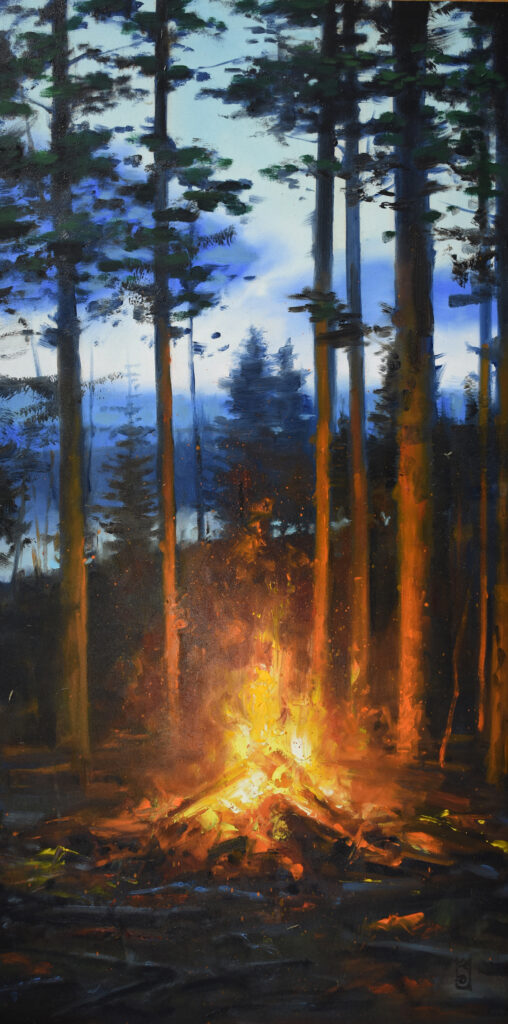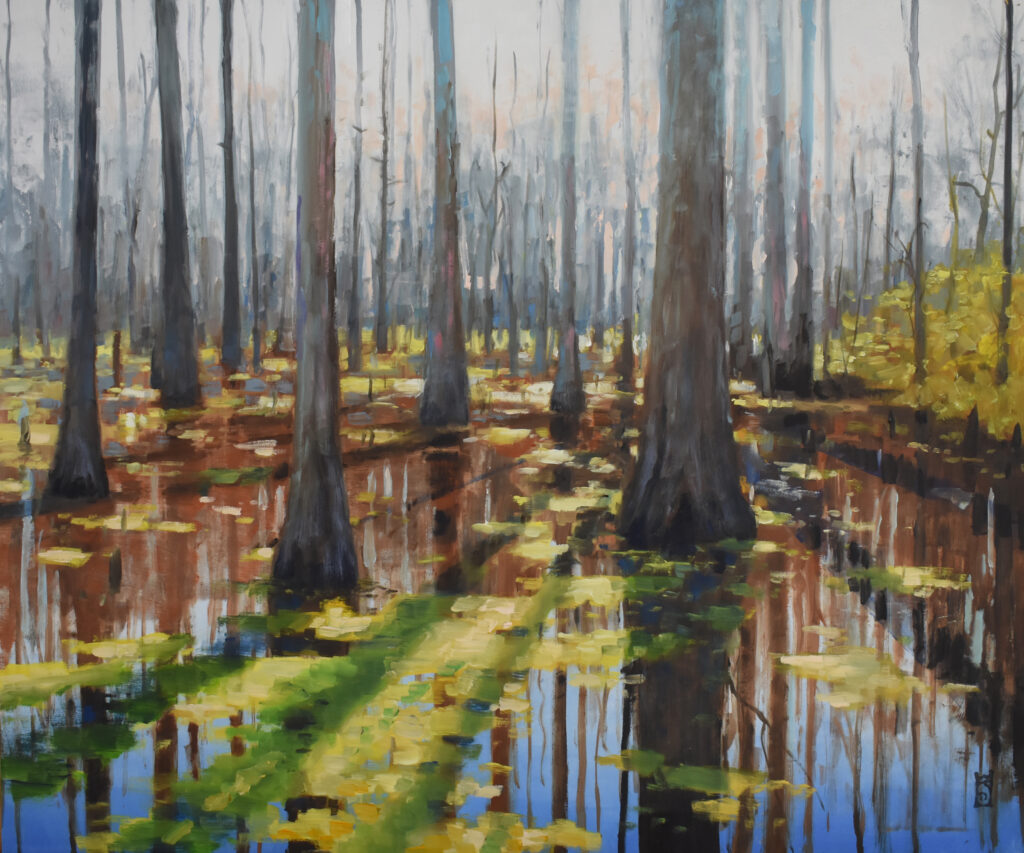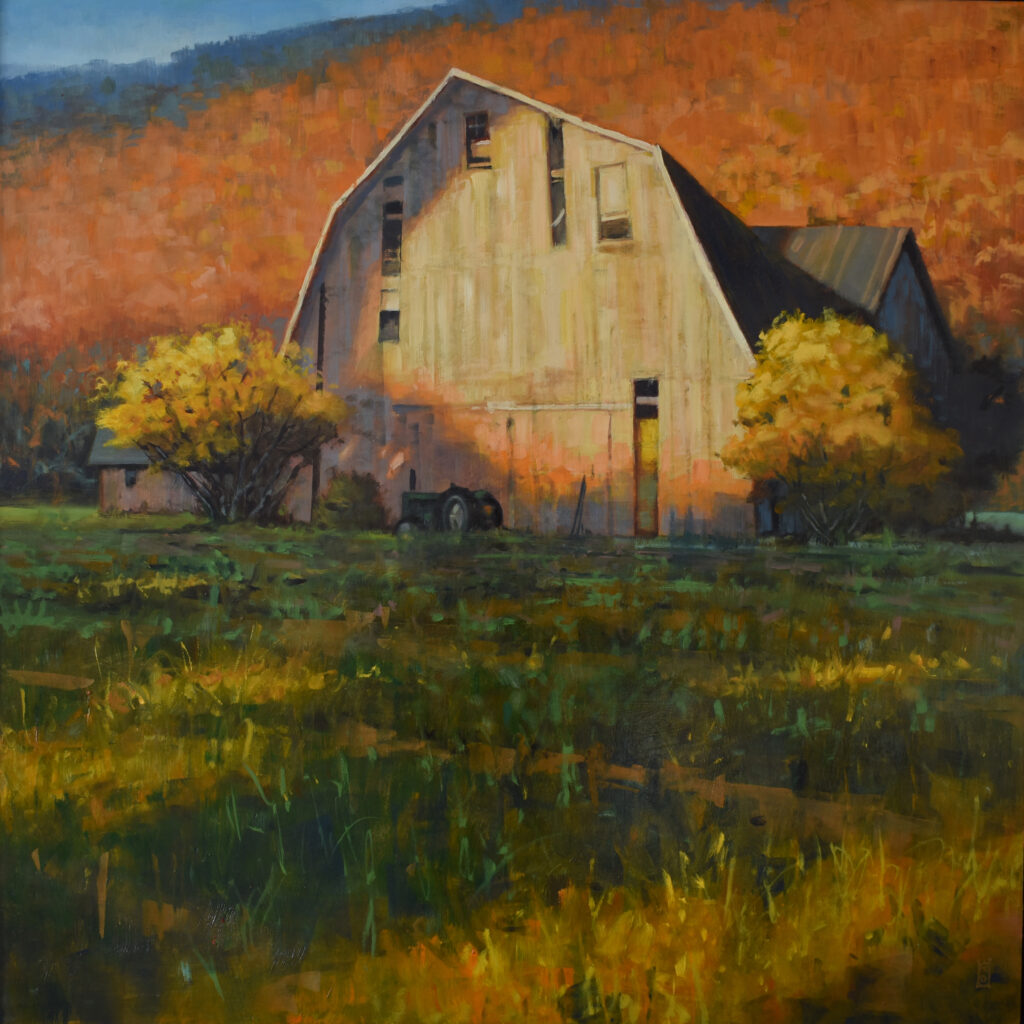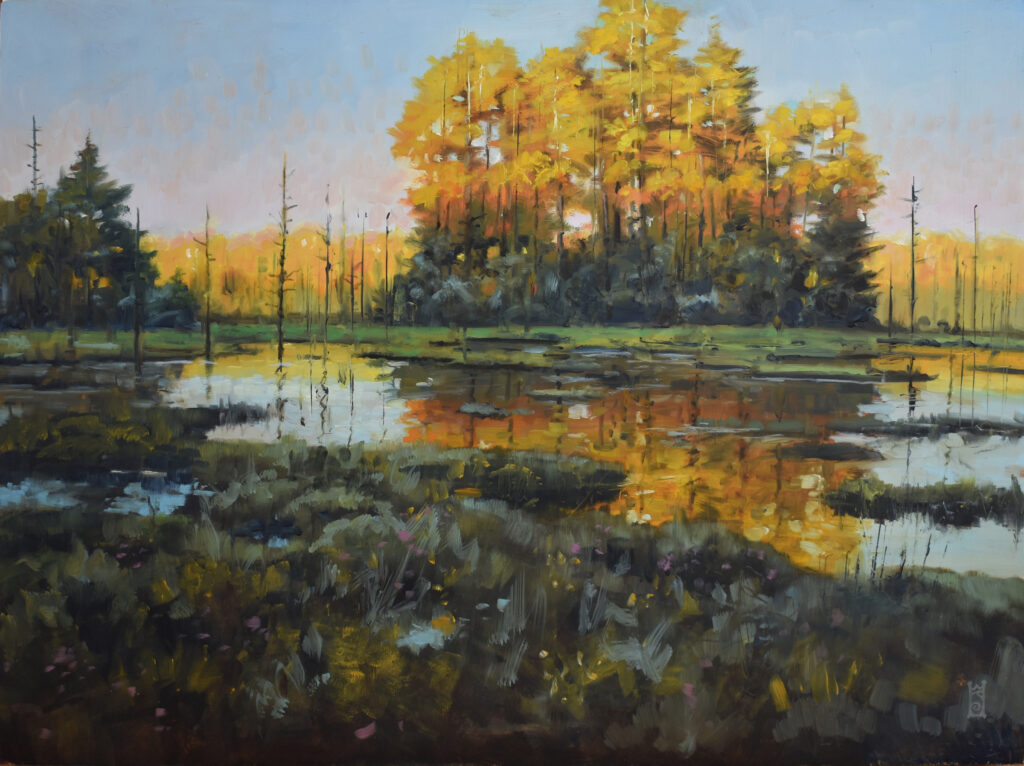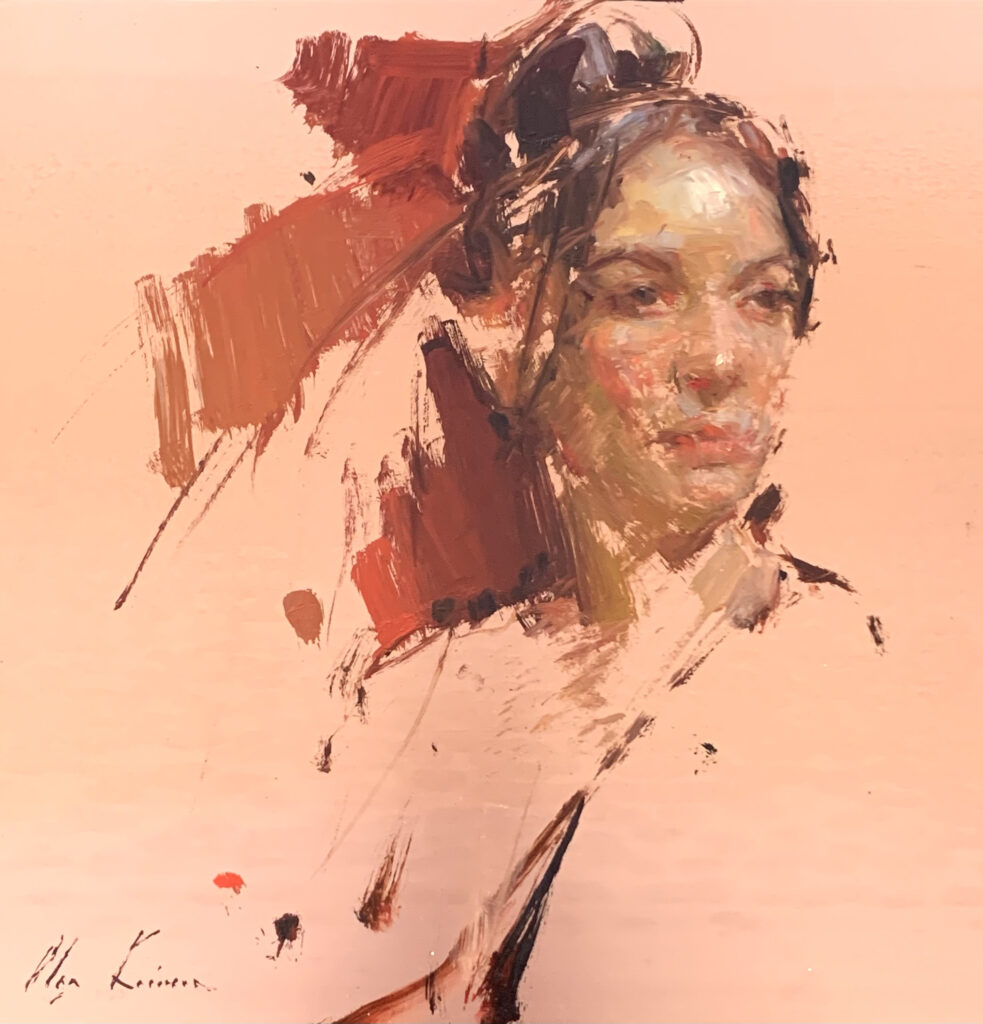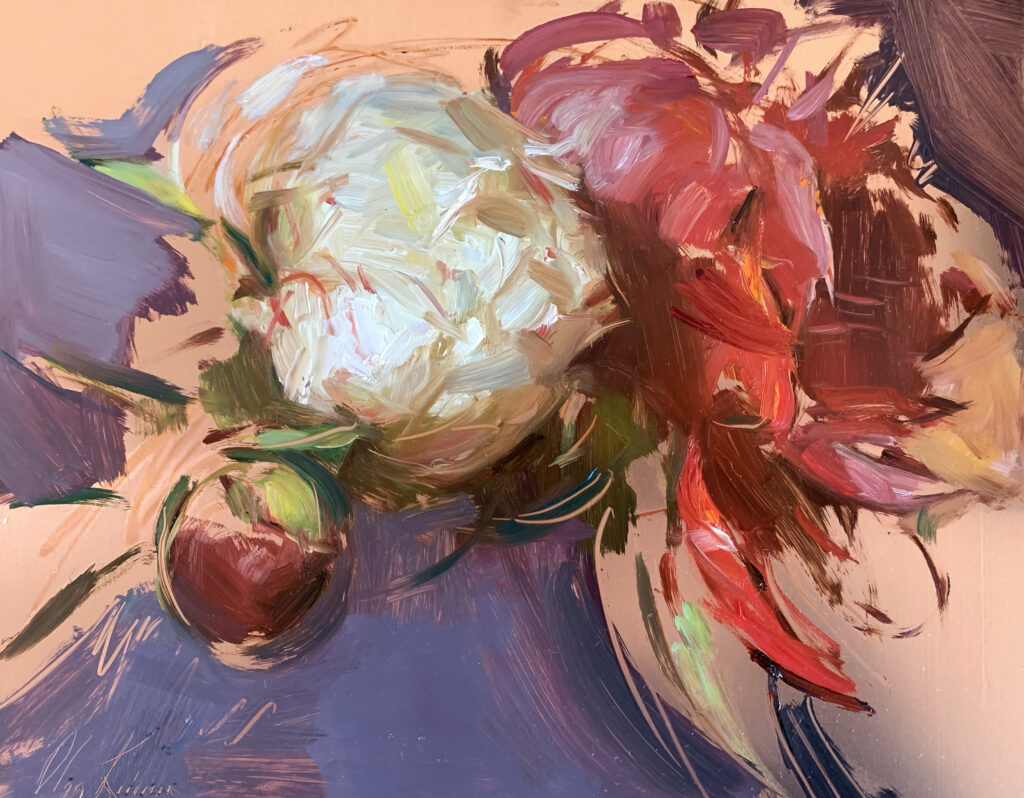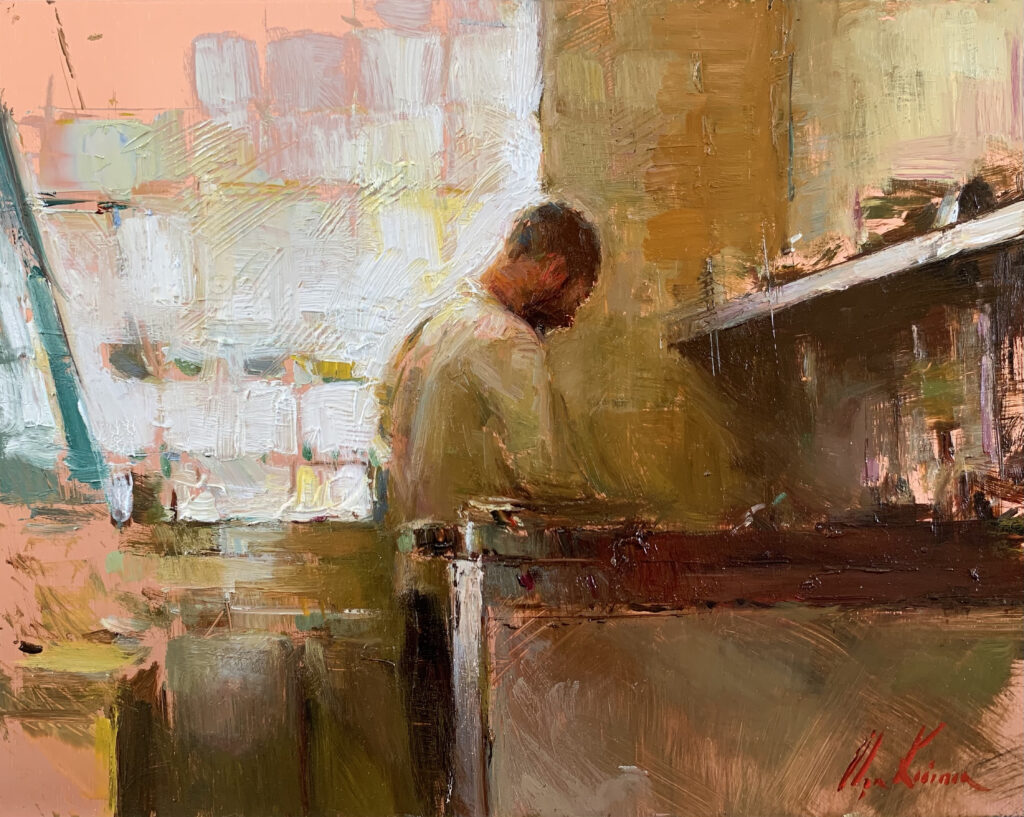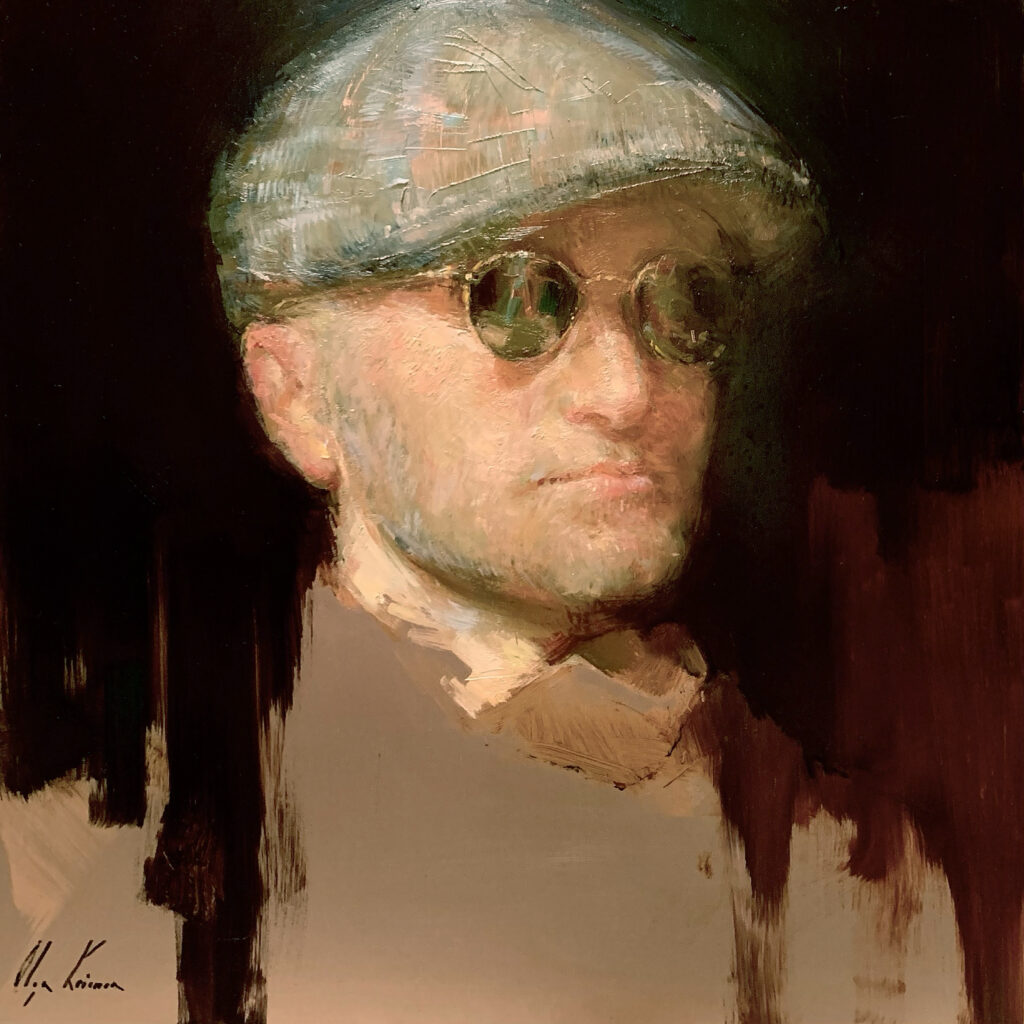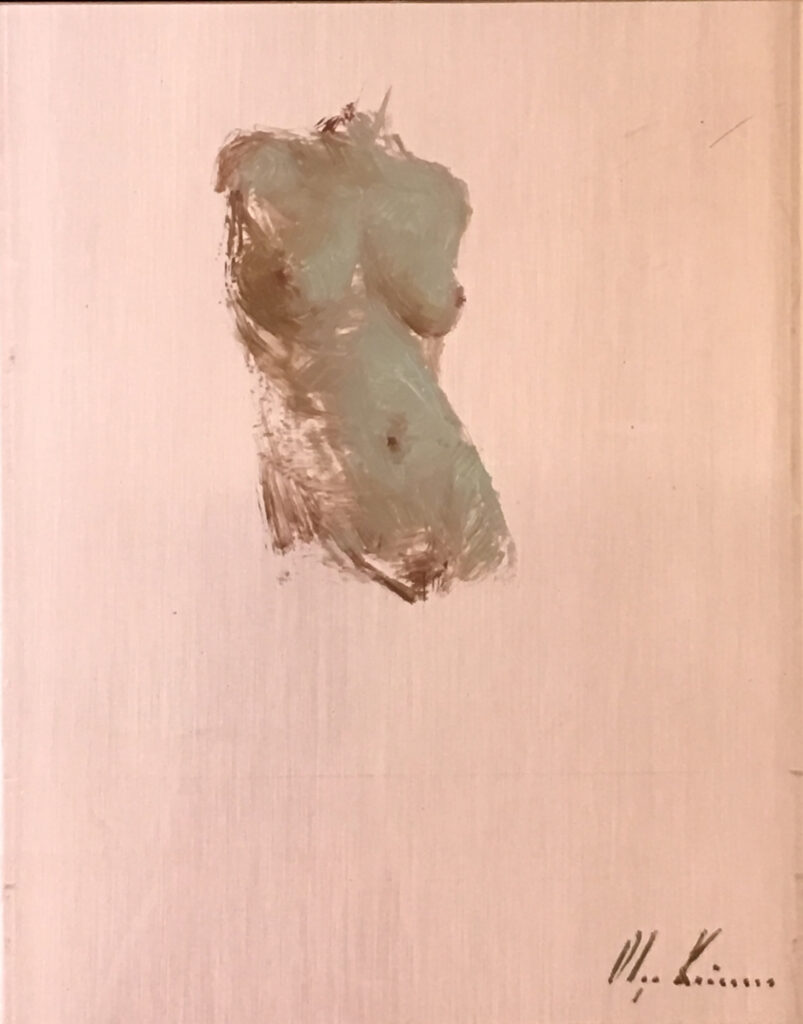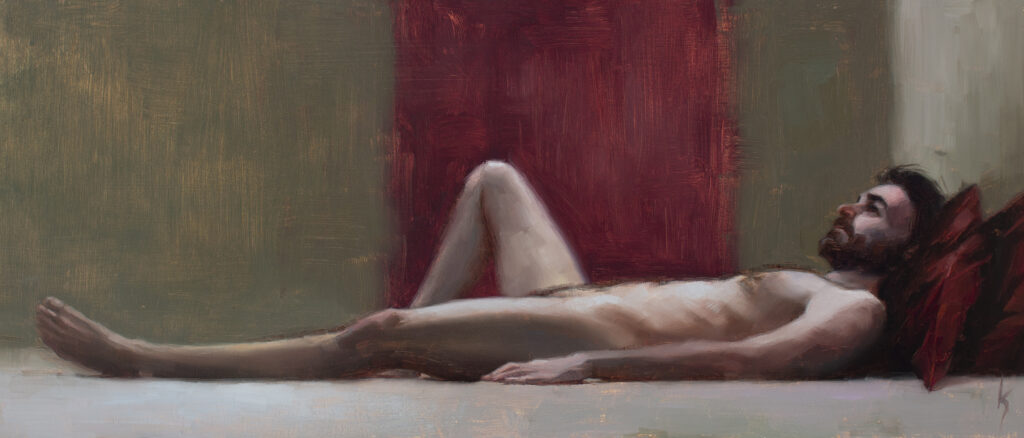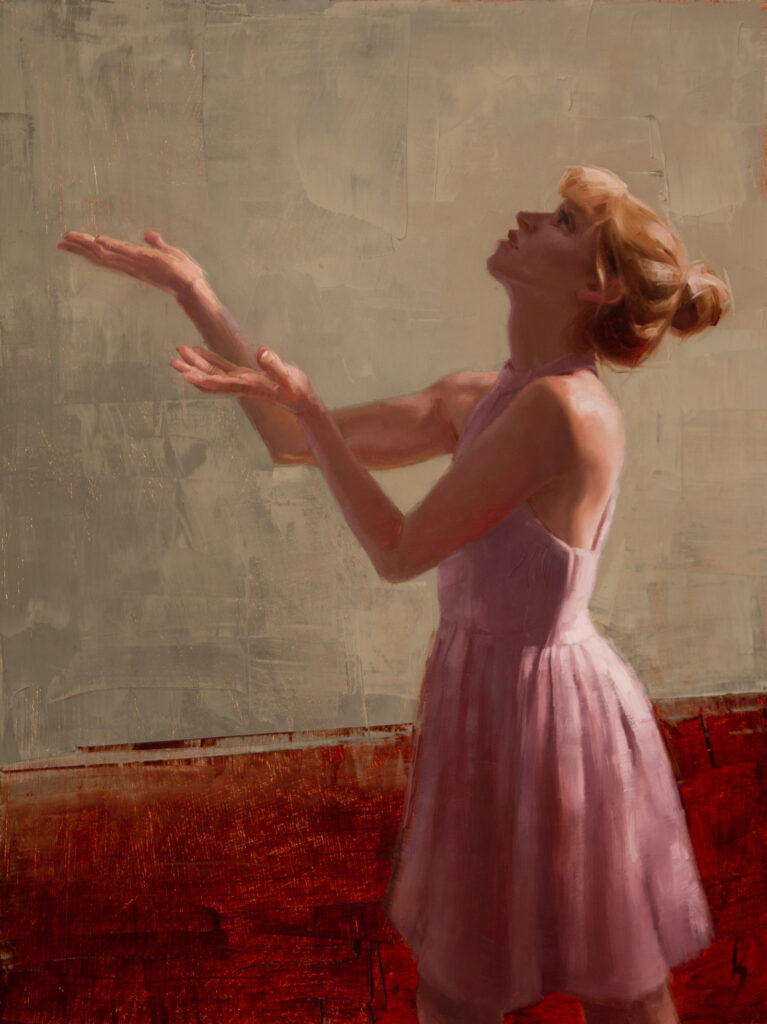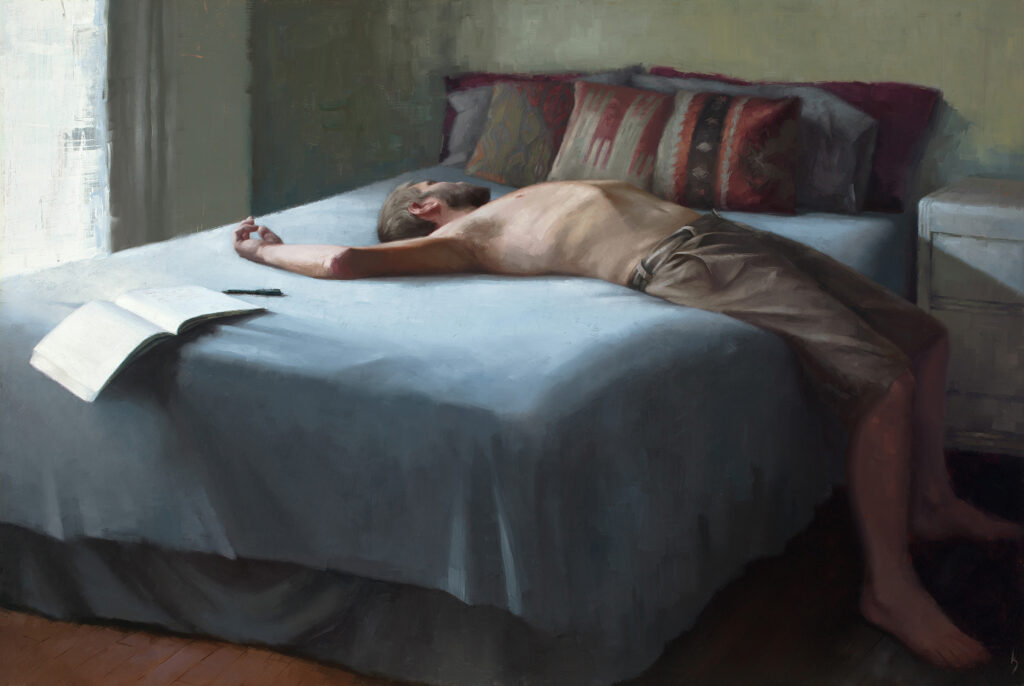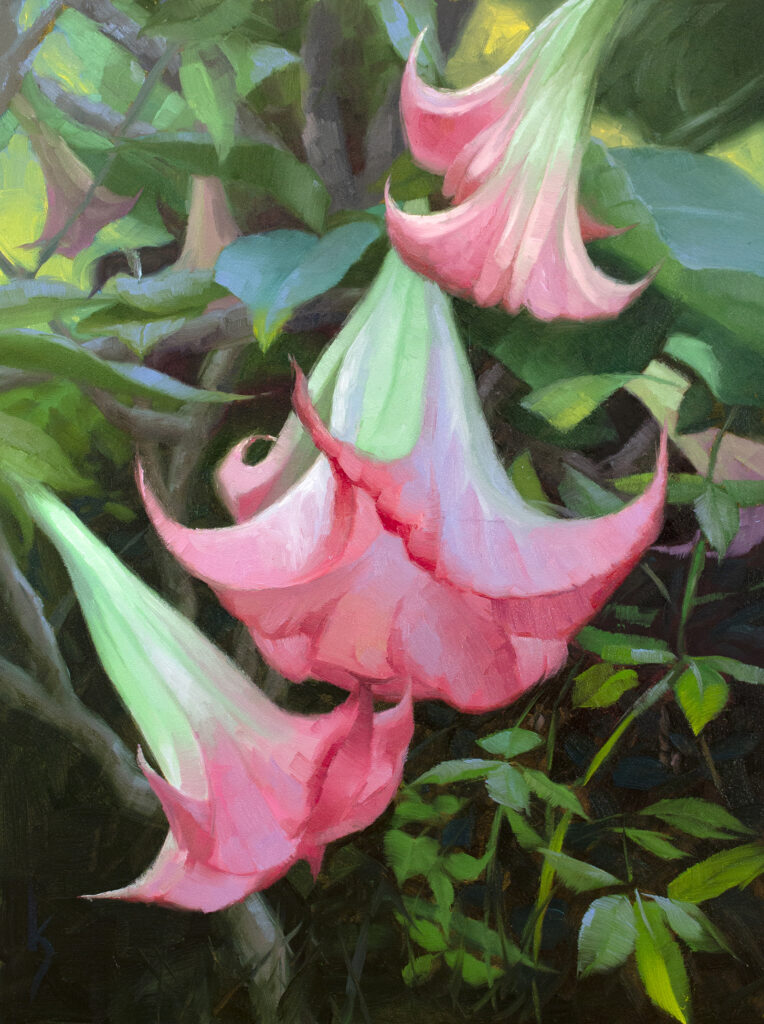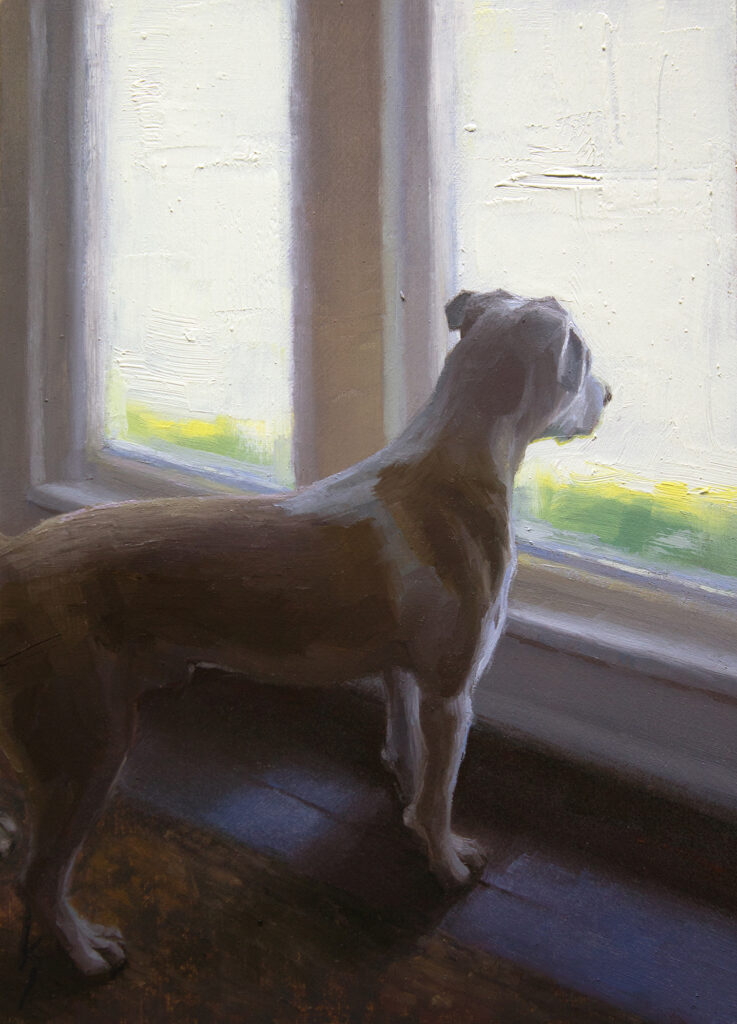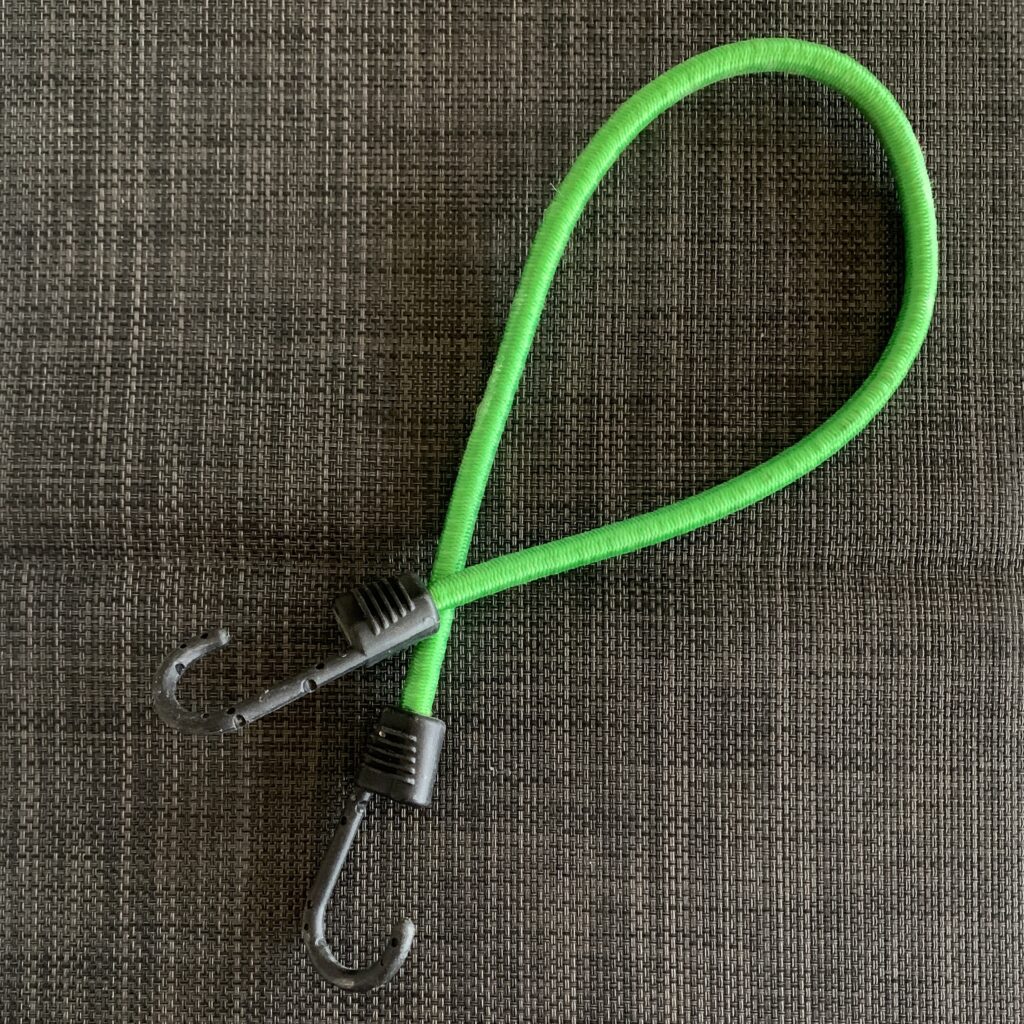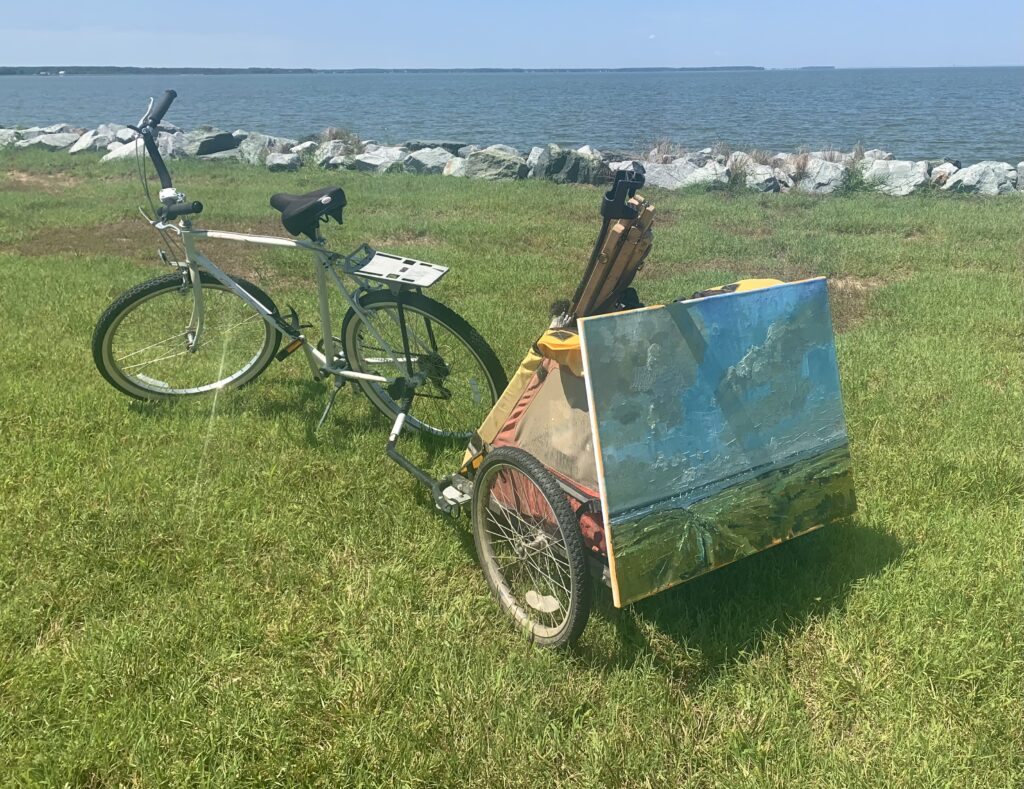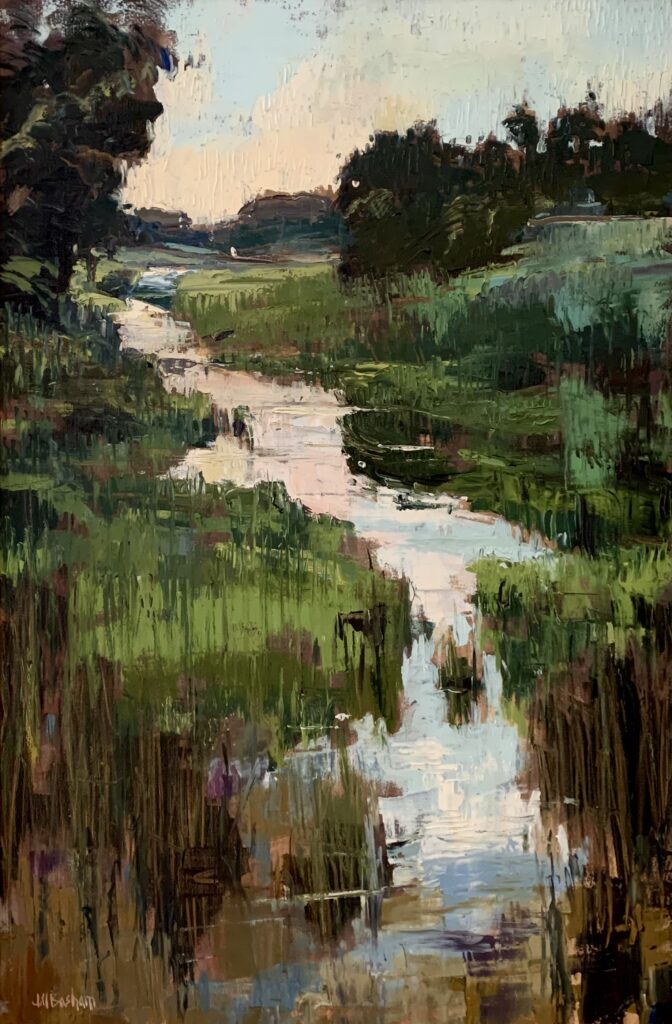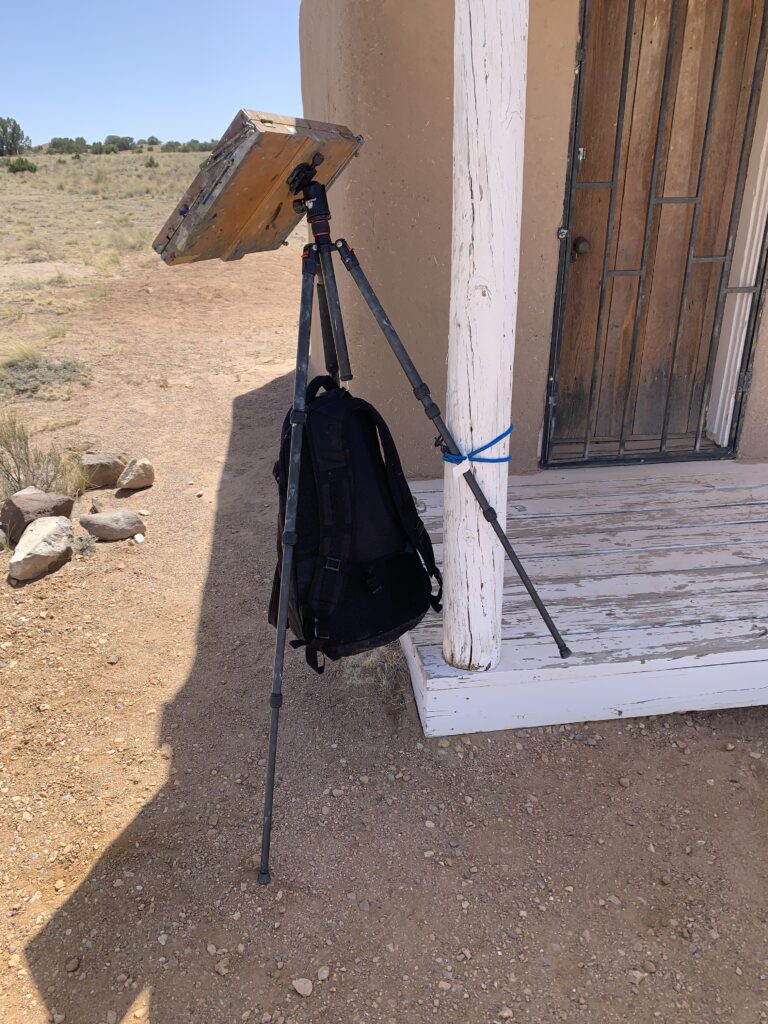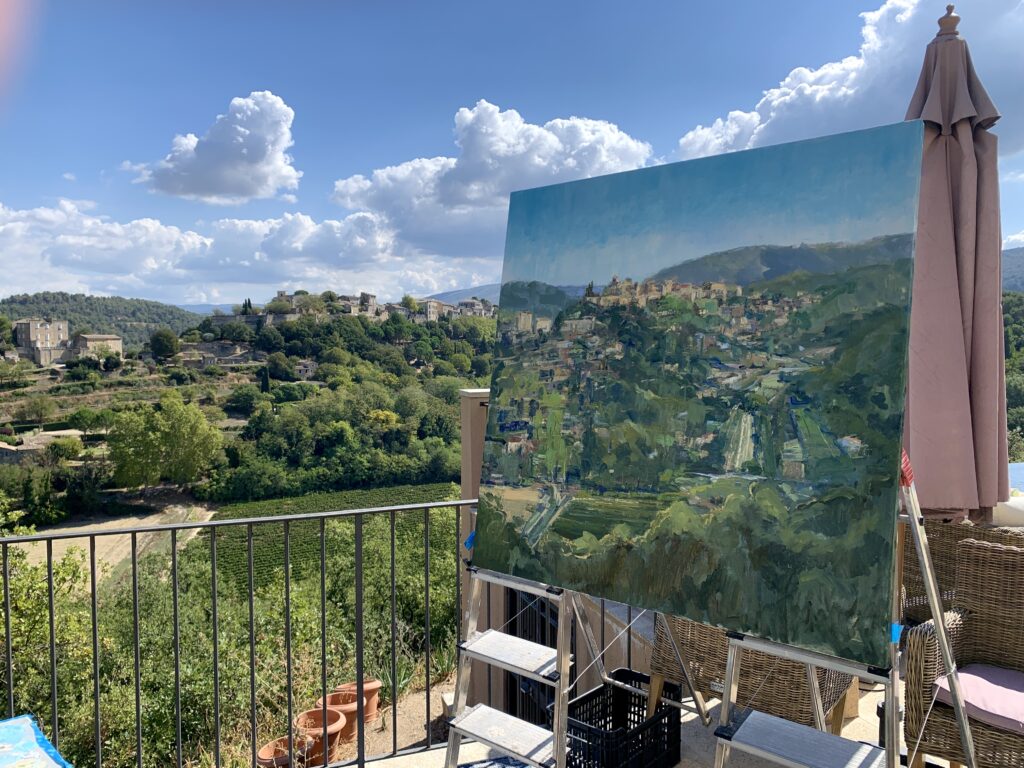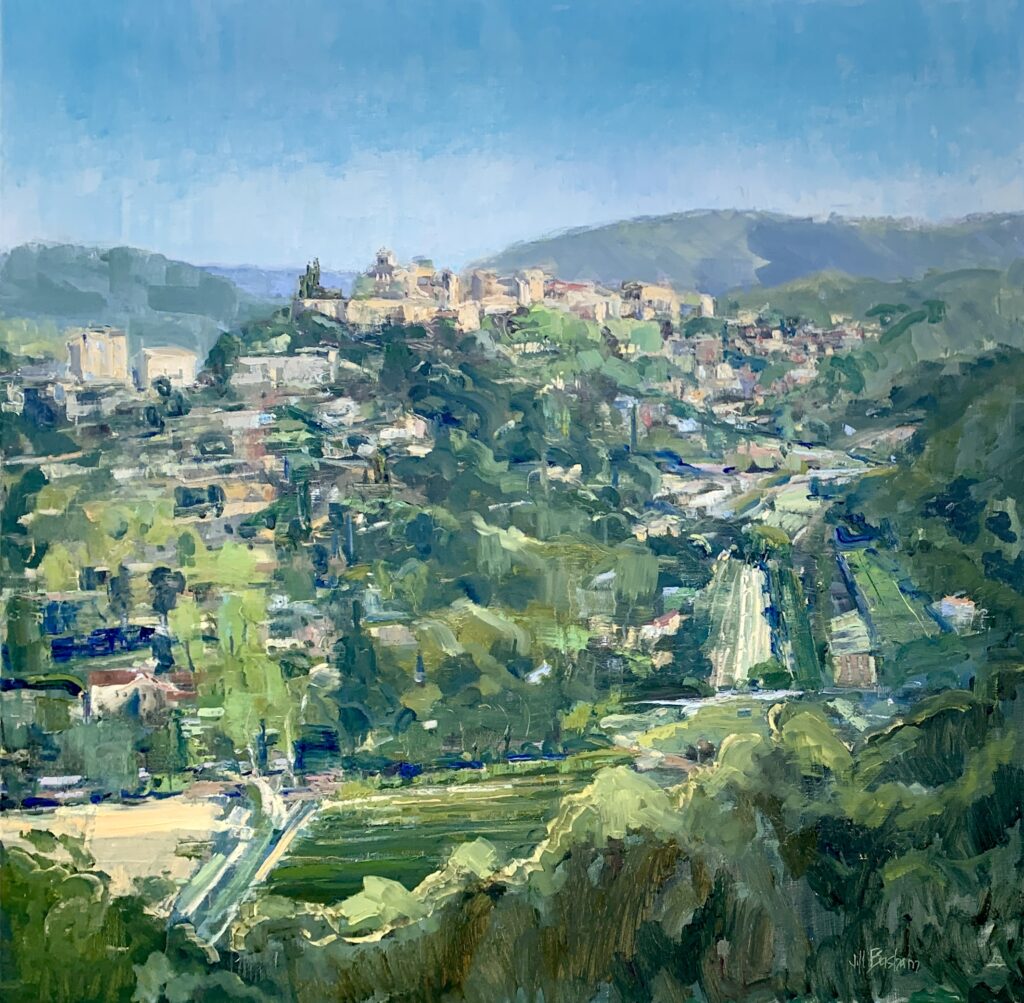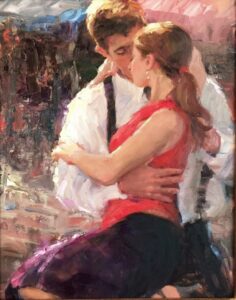
by E. Melinda Morrison
24″ x 20″
Over the past few months, I worked hard at putting together 10-12 strong paintings for a two-person show at my gallery in Santa Fe. I did my best and felt proud of the work I presented all the while knowing that walking into a show right before a presidential election was unpredictable in sales outcome. While the show was well attended and many people handed out well-meaning compliments on the work, sales have been slow to come.
I suspect many artists feel embarrassed by the outcome of a poor sales show and struggle with the temptation to doubt their own artistic capability. Over the years, I discovered lack of sales does not name you as an artist. Quality does not always convert to sales. However, despite doing our best work, it is disconcerting when sales are low. Yes, it can be disappointing at first but then perspective comes to the rescue. I thought I would share some perspective I’ve gained from my process over the years for sluggish sales.
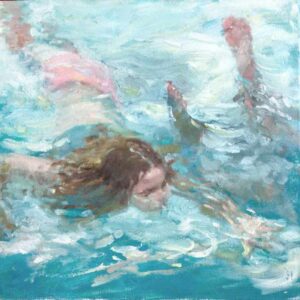
by E. Melinda Morrison
24″x24″
1. Don’t doubt yourself. It’s tempting to doubt your artistic capabilities when sales are slow. Many artists find themselves grappling with this. One of the buffers I have found against this is putting quality at the forefront for producing your work. Showing only quality work is a rock you can stand on and gain confidence as an artist.
2. It has happened to the best and worst of us. A well-known master painter, who is a close friend of mine, use to sell-out his one-man shows before the opening night. Years ago, when he had another solo show, a fraction of his paintings sold despite his beautiful work. While disappointed, he had great perspective and said “it happens and I did my best but the paintings will eventually sell.” And they did, it just took a while longer than the time frame of the show.

by E. Melinda Morrison
20″x24″
3. Change what is in your control. While there are things that are out of our control when selling our work, look at the things that are within your control. Having spent many years in advertising and marketing before my art career, I am well aware of the aspects of marketing that drive sales, and the hard work and effort to keep your name out in front of collectors. Staying connected to the art public means using the tools available to you: social media, print advertising, PR, email, blogs, and participation in credible regional, national and museum shows to build your brand. Lucky are those artists who do not have to do this work, but my experience is for most artists, even the most talented nowadays, it requires effort on both the part of the gallery and the artist to maintain exposure and visibility among collectors.
4. Let go of what you cannot control. Election years, stock market fluctuations, oil prices, downturn in the economy, violence in the world will always be with us in one degree or another. I’ve learned I cannot use the barometer of swaying winds in the art market to determine the outcome of who I am as an artist. I have to let that go and show up at the easel. The power of the easel can be the calm during a storm and my faith in God helps me to let go allowing the creative process to continue. Deep breathing, massages, exercise and a lot of prayer along with pep talks among artist friends helps too!
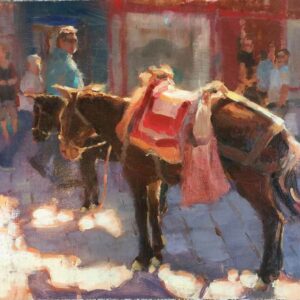
by E. Melinda Morrison
12″x12″
5. Use a negative as a fulcrum for a positive outcome. I am that kind of person if you say I can’t do something, I set my course for figuring out how to do it, i.e. prove myself over again as an artist, taking action to sharpen my mechanics. I explore, stretch my skills and experiment in my work, scrapping lots of paintings and tackling an area in my work that needs strengthening. I find inspiration where it can be found and I dive into that, but mostly, I just keep painting!
“Be like an oak tree that weathers a storm. It may loose some limbs and leaves, but it is mostly intact to live on and grow stronger,” from an unknown wise source.
Keep painting!
